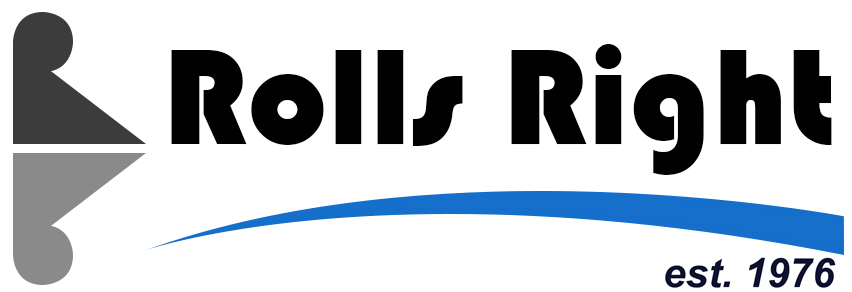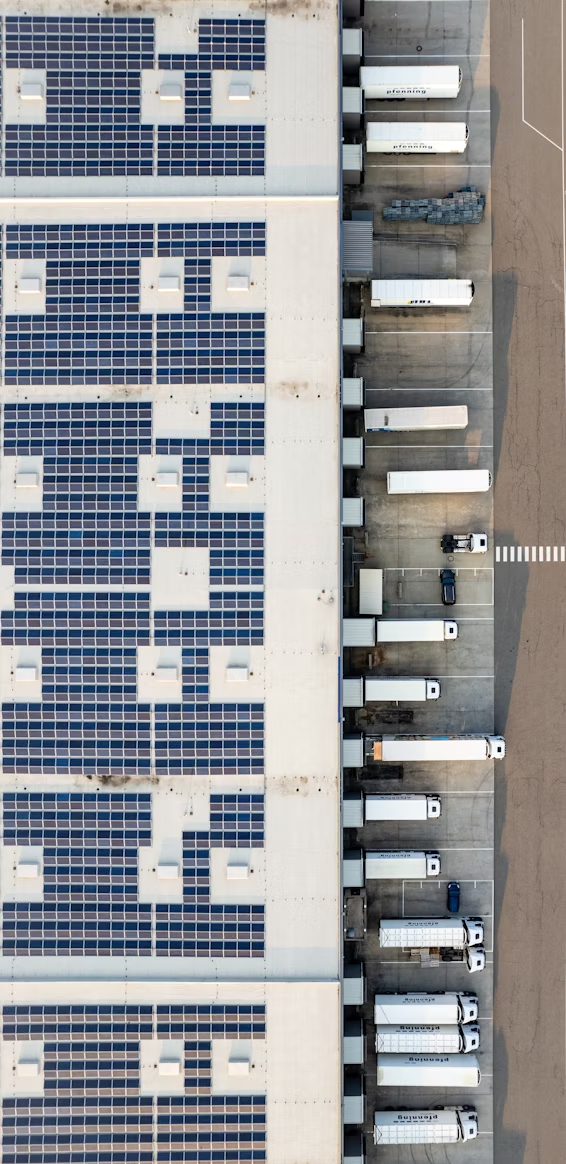Quick Summary: Cross docking reduces carbon emissions by minimizing warehouse storage, shortening transit times, and consolidating freight. It supports sustainability by optimizing transportation efficiency and reducing fuel consumption — making it a powerful tool in eco-conscious logistics strategies.
Introduction
As sustainability becomes a top priority across industries, logistics leaders are rethinking every aspect of the supply chain to meet carbon emissions targets. From energy-efficient warehouses to low-emission vehicles, the options are vast — but often costly and complex to implement.
One strategy gaining traction for its low-friction, high-impact results is cross docking. But can it truly help reduce your carbon footprint?
The answer is yes — and here’s why.
What Is Cross Docking?
Cross docking is a logistics process where products are transferred directly from inbound to outbound transportation with little or no storage in between. Instead of storing goods for days or weeks, they are quickly sorted and reloaded for delivery — often within hours.
This streamlined flow means:
– Fewer warehousing requirements
– Less handling
– Shorter supply chain delays
How Cross Docking Supports Sustainability
1. Reduces Fuel Consumption
By consolidating shipments and improving route planning, cross docking reduces the number of partially loaded trucks on the road. Fewer trips = less fuel burned = lower CO₂ emissions.
2. Minimizes Facility Energy Use
Traditional warehouses require lighting, heating/cooling, and constant power — often running 24/7. Cross docking operations, by design, limit dwell time, reducing the energy footprint of warehousing.
Less inventory = smaller facilities
Faster flow = reduced utility demand
3. Lowers Packaging Waste
With fewer touchpoints and no need for long-term storage prep, cross docking can:
– Reduce secondary packaging
– Limit shrink wrap and dunnage use
– Lower material waste overall
Cross docking supports Just-in-Time (JIT) distribution, which aligns closely with sustainable inventory practices:
– Lower buffer stock = fewer resources wasted
– Better demand matching = less spoilage or obsolescence
Is It Right for Your Business?
Cross docking works best when:
– You ship high-turnover or time-sensitive products
– Your routes involve repeat destinations
– You’re already consolidating freight from multiple suppliers
If you’re managing retail, grocery, pharmaceuticals, or e-commerce, cross docking can significantly reduce carbon-intensive warehousing and improve last-mile efficiency.
Vancouver: A Strategic Cross Docking Hub
For companies operating in or around Western Canada, Vancouver is a prime location for green logistics initiatives. Rolls Right’s cross-dock facilities are:
– Strategically placed near ports and rail terminals
– Designed for rapid trans-loading and minimal idling
– Equipped with energy-efficient handling systems
Final Thoughts: Sustainability in Action
Sustainability isn’t just a corporate goal — it’s a competitive differentiator. As regulations tighten and customers demand greener practices, cross docking offers a real, measurable way to reduce environmental impact without compromising speed or cost-efficiency.
FAQs
Q: How much carbon can cross docking save compared to traditional warehousing?
A: Estimates vary, but cross docking can reduce overall logistics-related emissions by up to 20%, especially when combined with route optimization and freight consolidation.
Q: Is cross docking suitable for small businesses?
A: Yes. Even small companies with regular inbound and outbound flows can benefit — especially those managing temperature-sensitive or perishable goods.
Q: Does cross docking replace warehousing entirely?
A: Not always. It complements warehousing in most networks. Many companies use a hybrid model with both traditional storage and cross-dock zones.
Q: How do I know if cross docking will help me meet emissions targets?
A: Start by measuring your current Scope 1 and 3 emissions (especially transportation and warehousing). If storage and partial-load trucking are high, cross docking will likely reduce your footprint.
Let’s Talk Green Logistics
At Rolls Right, we help businesses transition to smarter, greener distribution models — without disrupting operations. Our cross-dock network across Vancouver and Western Canada supports both performance and sustainability goals.
Ready to reduce your carbon footprint through logistics? Contact us today to explore how cross docking fits your green strategy.




